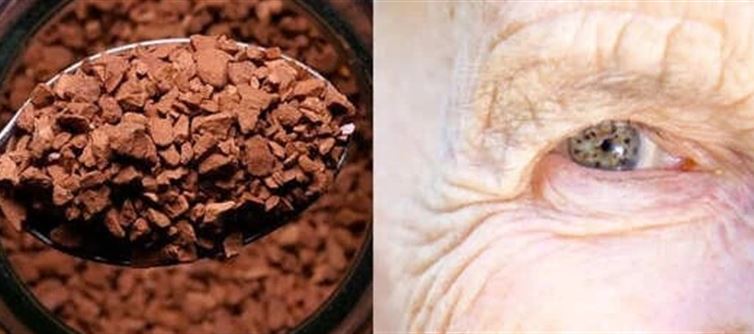
Researchers from China's Hubei university of Medicine have discovered that instant coffee can lead to age-related macular degeneration, or AMD. AMD is an eye condition that usually affects people over 50 and produces blurred or nonexistent vision in the center of the visual field. Although it does not result in total blindness, experts say it is one of the main causes of vision loss in older persons.
It does, however, make reading and facial recognition very challenging, and if therapy is not received, symptoms worsen.
Using genetic data from over 500,000 individuals, the study discovered a statistically significant correlation between instant coffee use and the incidence of dry AMD, one of the condition's variants. On the other hand, decaffeinated beverages and ground coffee were not associated with AMD.
"Our results revealed a genetic correlation between instant coffee consumption and dry AMD," Siwei Liu of the Hubei university of Medicine's Department of Ophthalmology at Shiyan Taihe Hospital reported in the study's publication, Food, Science and Nutrition. "Reducing coffee consumption may help avoid dry AMD, as it may raise the risk of AMD. Instant coffee should be avoided by those who are at high risk for AMD," he continued.
According to researchers, AMD is "one of the leading causes of irreversible blindness" and is a prevalent eye condition.
How does drinking instant coffee lead to AMD?
Although the exact mechanism by which coffee causes AMD is unknown, researchers say hereditary factors are a big contributor to the condition's development. "However, given the unclear disease mechanisms and the complexity of treatment, slowing disease progression and timely prevention are particularly important."
According to earlier studies, coffee consumption may help reduce the incidence of AMD.
"In contrast, our study provided a more detailed stratification of coffee types and yielded different results, indicating potential biases in previous research," the authors of the study said. Their findings indicated "a potential genetic correlation between instant coffee consumption and both dry and wet AMD". Additionally, experts reported that they discovered a strong correlation between the risk of dry AMD and the genetic inclination to consume instant coffee, indicating that the two features exchange dna signals throughout the human genome.
The study concluded that the increased risk of dry AMD may be caused by chemicals, preservatives, additives, and production byproducts that are only present in instant coffee.
What are the chemicals found in instant coffee?
The study claims that contaminants such as oxidized lipids, the extremely carcinogenic acrylamide, and other substances not seen in fresh brews are present in instant coffee.
Additionally, a number of additional studies have found that people with early-stage AMD should think about cutting back on instant coffee and instead choose ground beans.
What are the signs and symptoms of AMD?
Your retina is badly damaged by macular degeneration, which impairs your central vision. Macular degeneration patients are not totally blind. They have good peripheral vision, or the capacity to notice objects out to the sides. Among the condition's symptoms and indicators are:
• Having poorer vision in low light
• Vision blur
• Issues or modifications to your color perception
• Low vision
• Straight lines that appear wavy or curved
• Dark or blank areas within your frame of vision




 click and follow Indiaherald WhatsApp channel
click and follow Indiaherald WhatsApp channel